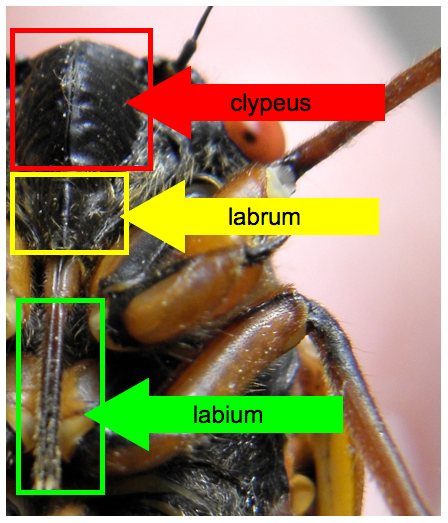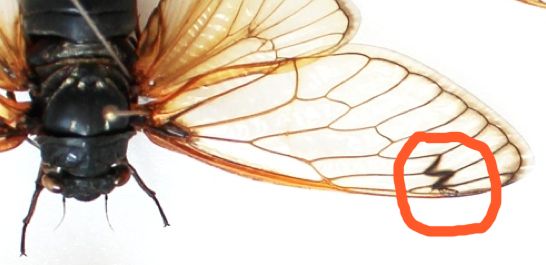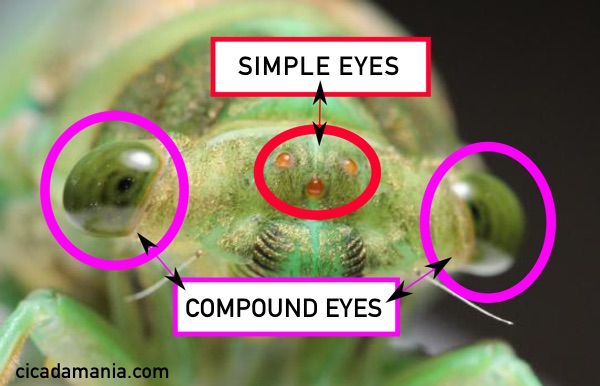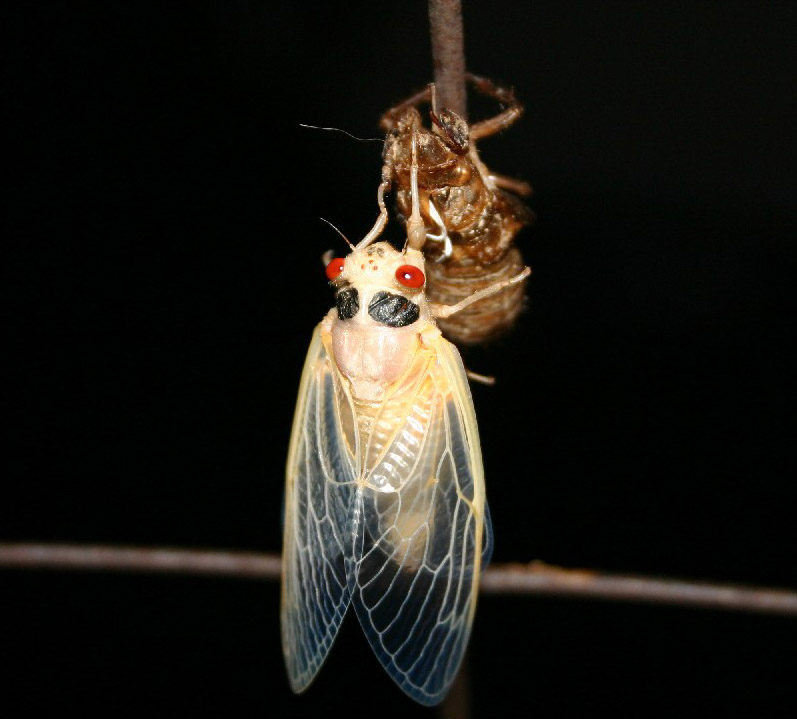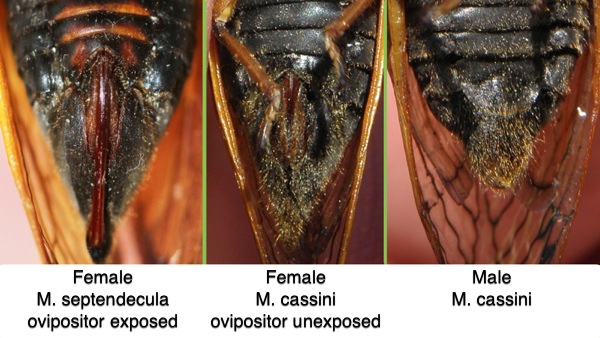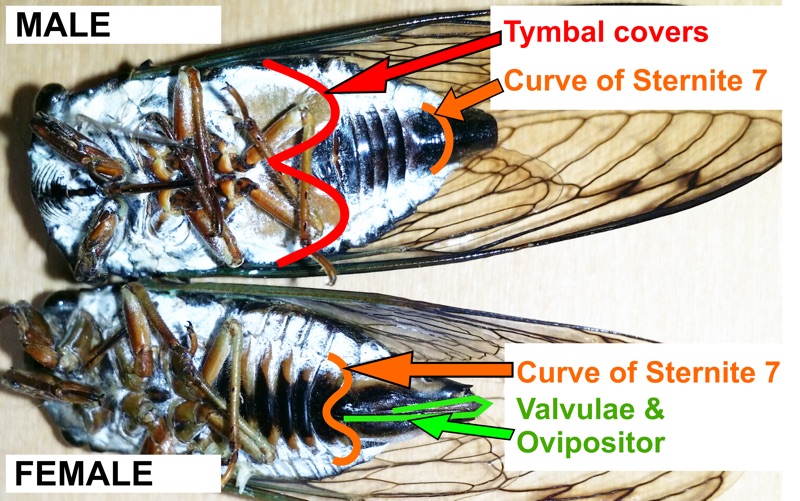Periodical cicadas often emerge in years before or after they are expected to emerge. When periodical cicadas don’t emerge on schedule we call them stragglers, regardless of whether they show up early or late. Typically cicadas with a 17-year lifecycle will emerge 4 years early, and cicadas with a 13-year cycle will emerge 4 years late.
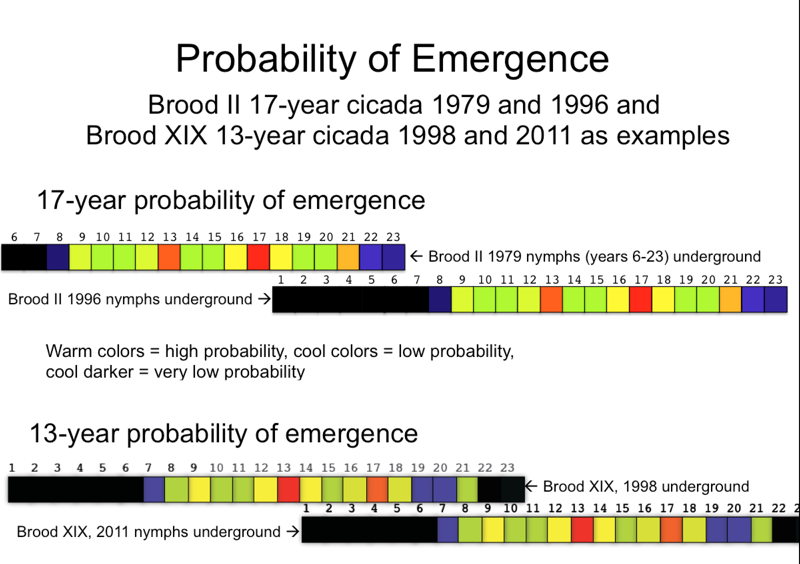
This image indicates the probability of Magicicada straggler emergences. Courtesy of cicada researcher Chris Simon.
People hear the word straggler and assume it means something that lags behind, but that is a laggard. A straggler can mean something that has deviated from an expected date/time or moved away from others of its kind. That said, periodical cicadas that emerge early can also be called precursors, but in the scientific literature, they are called stragglers.
Visit Brood Chart to see when stragglers will be most likely.
Extremely likely stragglers in the next few years:
2020: Brood XIII 4 years early.
2021: Brood XIV 4 years early.
2025: Brood I 4 years early.
Likely stragglers in the next few years:
2020: Brood X 1 year early.
2021: Brood IX 1 year late.
2022: Brood X 1 year late.
2023: Brood XIII 1 year early.
2024: Brood XIV 1 year early.
Accelerations
An acceleration occurs when periodical cicadas straggle in numbers significant enough to sustain future generations. In other words, a large population of a 17-year brood emerge in just 13 years, they avoid being eaten by predators, they mate and reproduce, and then 17 years later their offspring emerge in large enough numbers to reproduce and sustain their population. This is one reason why two different broods might exist in the same area. 1
It is thought that Brood X was formed when a group of Brood XIV accelerated 4 years (they emerged in 13 years, rather than 17). Then Brood VI came from Brood X, and Brood II came from Brood VI. Brood XIV -> X -> VI -> II is called the “main sequence”1.
Accelerations may have been more prevalent and successful (successful in terms of sustaining future generations) in the past when much of eastern North America was forests, and there was no human intervention or destruction of habitat to interfere.
References
1 Monte Lloyd & Jo Ann White. Sympatry of Periodical Cicada Broods and the Hypothetical Four-Year Acceleration. Evolution, Vol. 30, No. 4. (Dec., 1976), p. 795.
Here’s a paper that discusses 13-year Magicicada emerging 4 years early: David C. Marshall, Kathy B. R. Hill, and John R. Cooley “Multimodal Life-Cycle Variation in 13- and 17-Year Periodical Cicadas (Hemiptera: Cicadidae: Magicicada),” Journal of the Kansas Entomological Society 90(3), 211-226, (1 July 2017). https://doi.org/10.2317/0022-8567-90.3.211
